“Every aspect of our lives is, in a sense, a vote for the kind of world we want to live in.”
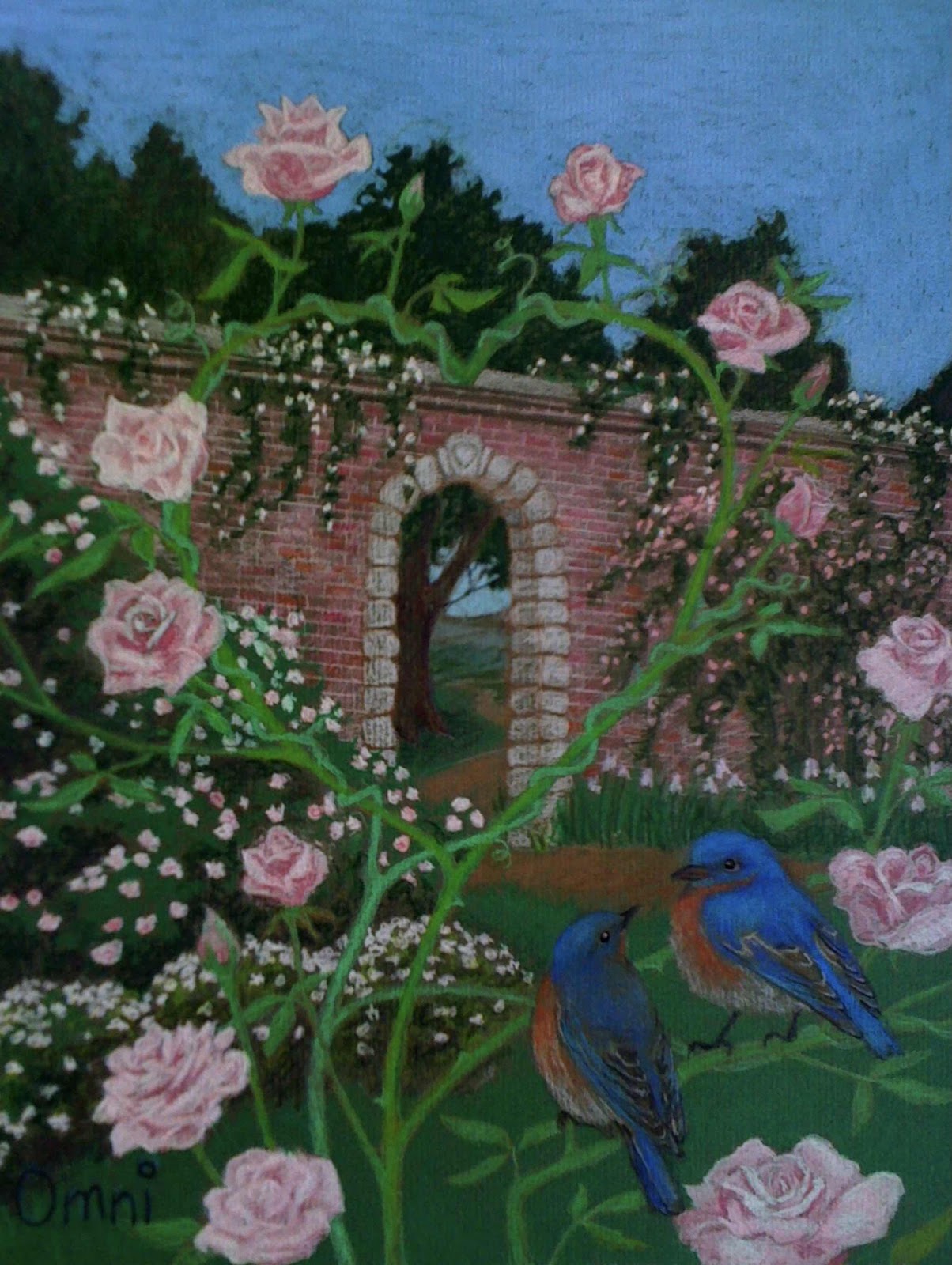
We set out to convert an old house into an eco house. From top to bottom, we want to make it healthy and environmentally friendly, both for people inside, and the whole planet around it. We take a look at the situation:
First, we tear out the ancient wall to wall nylon carpet, and find enough finely matriculated dirt underneath to plant a small garden in! Plastic carpets like this are ecosystems for nasty pathogens. They can never be truly cleaned.
“There are two types of cleanliness: organic cleanliness and chemical cleanliness. Often chemical cleanliness is toxic and harmful. Natural or organic cleanliness focus on maintaining harmony with nature.” -Amit Ray
The hard wood floor beneath is solid; so we sand it as smooth as possible and varnish with non toxic plant oil based lacquer. These days, green chemistry makes it possible to find any kind of home care and fixing products now being formulated to green standards. The only reason they all used to be toxic, replete with scary warnings on every can, is we had access to petroleum that was cheaper than water, so companies developed all of their paints, glues, and lacquers with fossil oil.
Most of the windows are single pane, and have long obsolete, rope opening pulleys; and will no longer open, so we order new ones: the best air is fresh air.
As a back up, we get an air purifier. A couple of summers ago, we all hunkered down in a closed up house for a couple of weeks, surrounded by a storm of smoke, blackening the sky and blotting out the sun. The record breaking fire was the result of poor electric infrastructure maintenance, bad forestry practices (the replanted with “monocrop tree farm forest” burned far more than the never logged forest areas), and mega drought, caused by global climate catastrophe.
We check the water supply. Our watershed, serving drinking water to 200,000 people below, is quite clean. This is due to a long term ban on the use of forestry chemicals, now partially suspended but carefully monitored and heavily litigated, and a lot of forest and snowy mountains above feeding it. There are no detectable contaminants, at any level. The filtration system has caught all of the charcoal and debris from the huge forest fires up there a couple of years ago. The water coming INTO the filtration system is so pure, most towns and cities would be overjoyed to have what is coming OUT of their filtration system be that good!
The roof has a small leak, so we research how to fix it with the idea of eventually putting solar panels up there. We look into solar shingles, but conclude the technology is not quite fully developed enough yet.
The house has a dirty, diesel oil burning, heat system, which is failing, so we begin the process of converting to heat pump, which does both heating and cooling.
The stove is electric, but we recently discovered convection cooking, so we consider if it needs to be replaced.
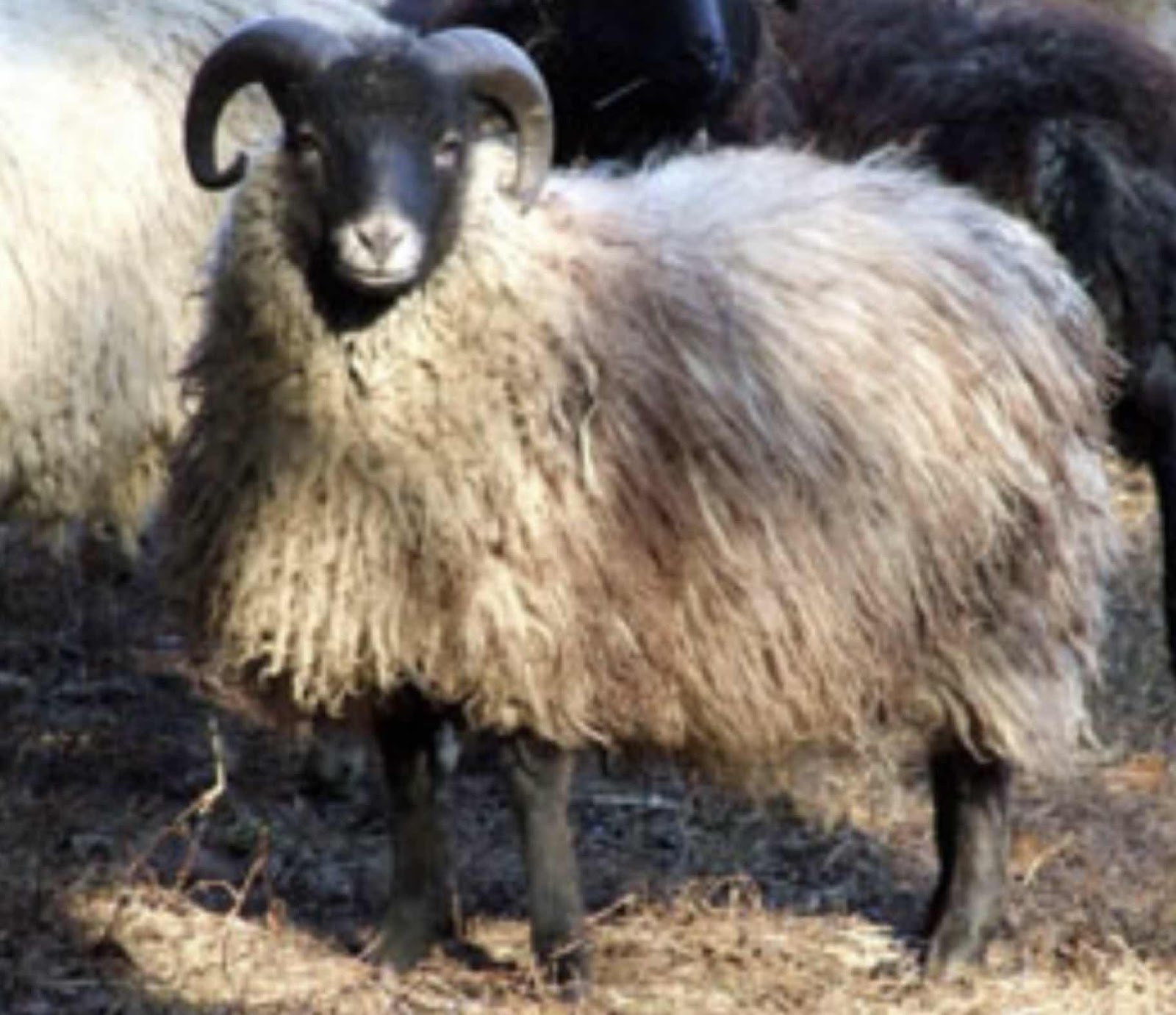
“Do your little bit of good where you are; it’s those little bits of good put together that overwhelm the world.” – Archbishop Desmond Tutu
But for this fiber artist, the fun part is the soft infrastructure: the furnishings. We want this to be an all organic house. We discover that all bedding and furniture in this country is by law subject to being treated with toxic fire retardant chemicals. This is not in keeping with our organic goal, nor does it make health sense if you consider how much of your life you spend snuggled up with these pillows and mattresses! We find that some bedding is exempt from the requirements to spray these chemicals, the ones that are naturally fire retardant, such as wool.
But wool brings up another issue, how is this wool sourced? Are the animals cherished, or dipped in chemicals, shaved, and cut up to be lamb chops? The best we can do is look for organically grown wool. We order an all organic, chemical free, wool and cotton, futon and bed.
I find a solid real wood bed frame, not chip and glue board, sourced from nearby forest lands, at a secondhand store.
What about sheets, pillows, and blankets? This leads me to a book, The Fabric of Civilization. Even though cloth is soft, and unlike gold, subject to decay, it has always held a position of great status and value in every culture, the cultural treasure of every land.
Until modern times, anyway. Now we associate cloth with chemicals, cheapness, plastic pollution, miserable factory conditions, animal abuse, waste, and exploitation of land and water. When we wash our plastic nylon or polyester clothes, the water we use sends microplastics into the water, air, and eventually everywhere on Earth. It is now being found in the bloodstream of humans as well. This is not good.

How do we begin to change that? We start right here at this house, I resolve.
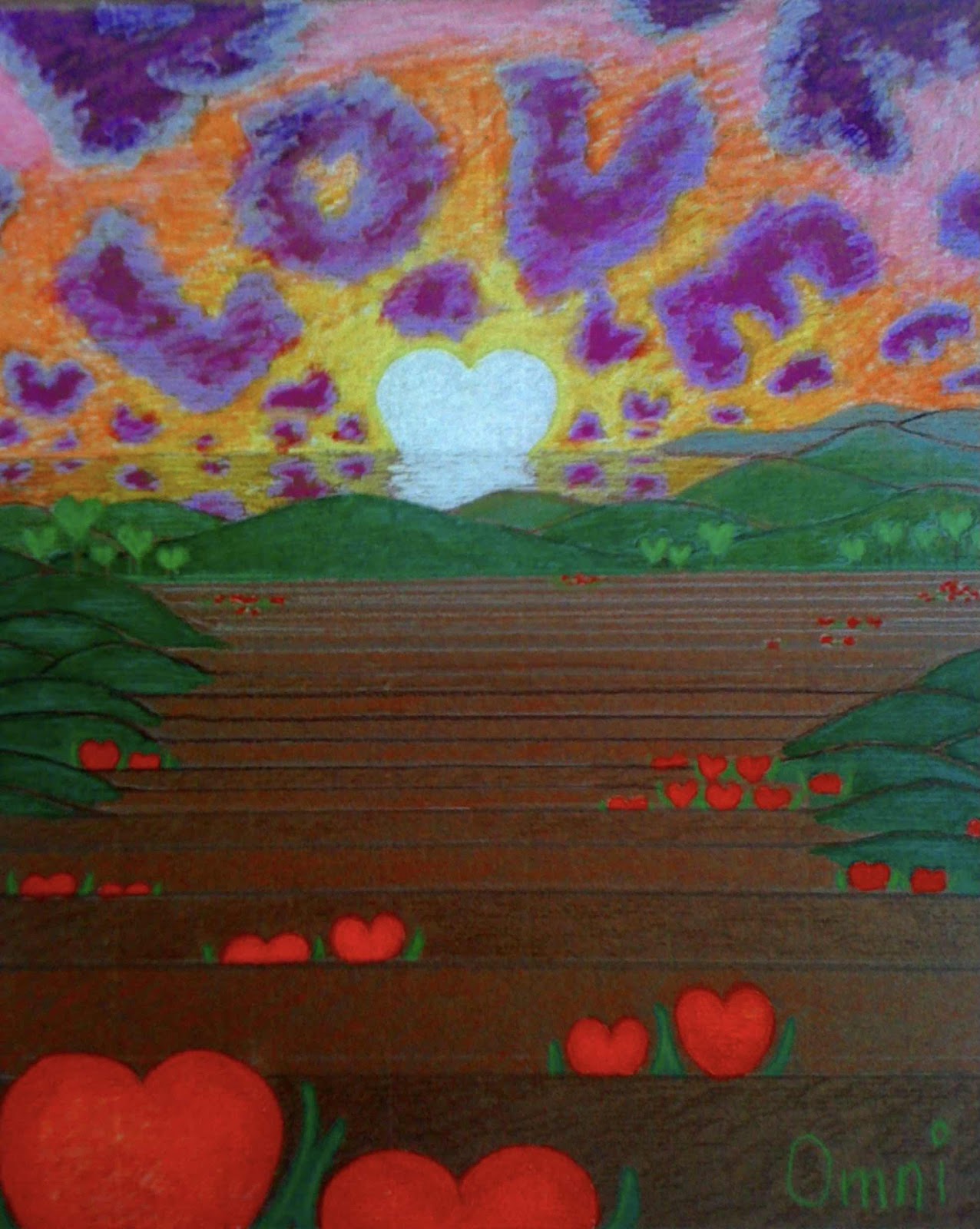
Cotton that is grown organically often has shorter fibers, and can be less soft, so often chemical softeners and other processes are added after the cloth is made. So you have to look for at least two different certifications: the Global Organic Textile Standard certifies that the cotton was grown organically. GOTS is the most widely recognized textile standard built upon the organic production standards. This protects the land and water, and not trivially, the people who work around the fiber plants in the field to grow and handle it.
But then you must continue to follow your sheets, pillowcases, and blankets. OEKO-TEX® is a worldwide consistent, independent testing and certification system for raw, semi-finished, and finished textile products at all processing levels, as well as accessory materials used. They actually test the finished product, to make sure there is nothing toxic that has been added, on its way to you.
There are other wonderful plant based fabrics. Rayon is shiny, cool, and comfortable. If you have a sarong, it is likely it is made of rayon. But although there is an ongoing attempt now, to develop and purvey environmentally friendly rayon, most is still made using lots of chemicals and lots of water. Bamboo is a lot like rayon, and can easily be grown organically. Bamboo is less water hungry than cotton.
But it suffers from some of the same drawbacks as other plant based fibers after harvesting: these fibers grow in areas of the world where environmental protection and labor conditions may be poorly enforced, or land may be inappropriately converted to fiber production in sensitive areas. But at least, the fabric production process can then be confined to a facility, where, if there is insistence on proper labor and safety standards, it can be accomplished without harm to health and life. That is better than letting pesticides run all over land and water, as in typical cotton fields.
“Organic farming is about buying out of a corrupt, illegal and dishonest system.”
-Jerry Brown
But you start where you are, and you do what you can do. And every dollar is a vote. So I get some certified organic GOTS and OEKO-TEX sheets, pillowcases, and blankets. I’m sure there are cheaters and counterfeits out there, but if we all make an effort, insist on harm reduction, and back it up with inspections, eventually the people and planet friendly ways will become commonplace. Toxic products are only cheaper when we do not include the environmental cost in the price. Better to pay now, for the kind of future we would want. So I put in my order for a clean healthy future, instead of a sick and contentious one.
And as for wool blankets, I got that one! I spin yarn from the raw fleeces of lovely happy sheep from my neighborhood. I know their names, and I know their people, who love them as pets and take good care of them. I weave the blankets myself. It is a true joy:
Now I’m working on sewing a comforter using those sheets and my wool as batting.
What about pillows? We have been sleep testing different kinds, and I have been making those too. Natural latex, from trees, is chemically quite different from petroleum based latex.
Natural latex:
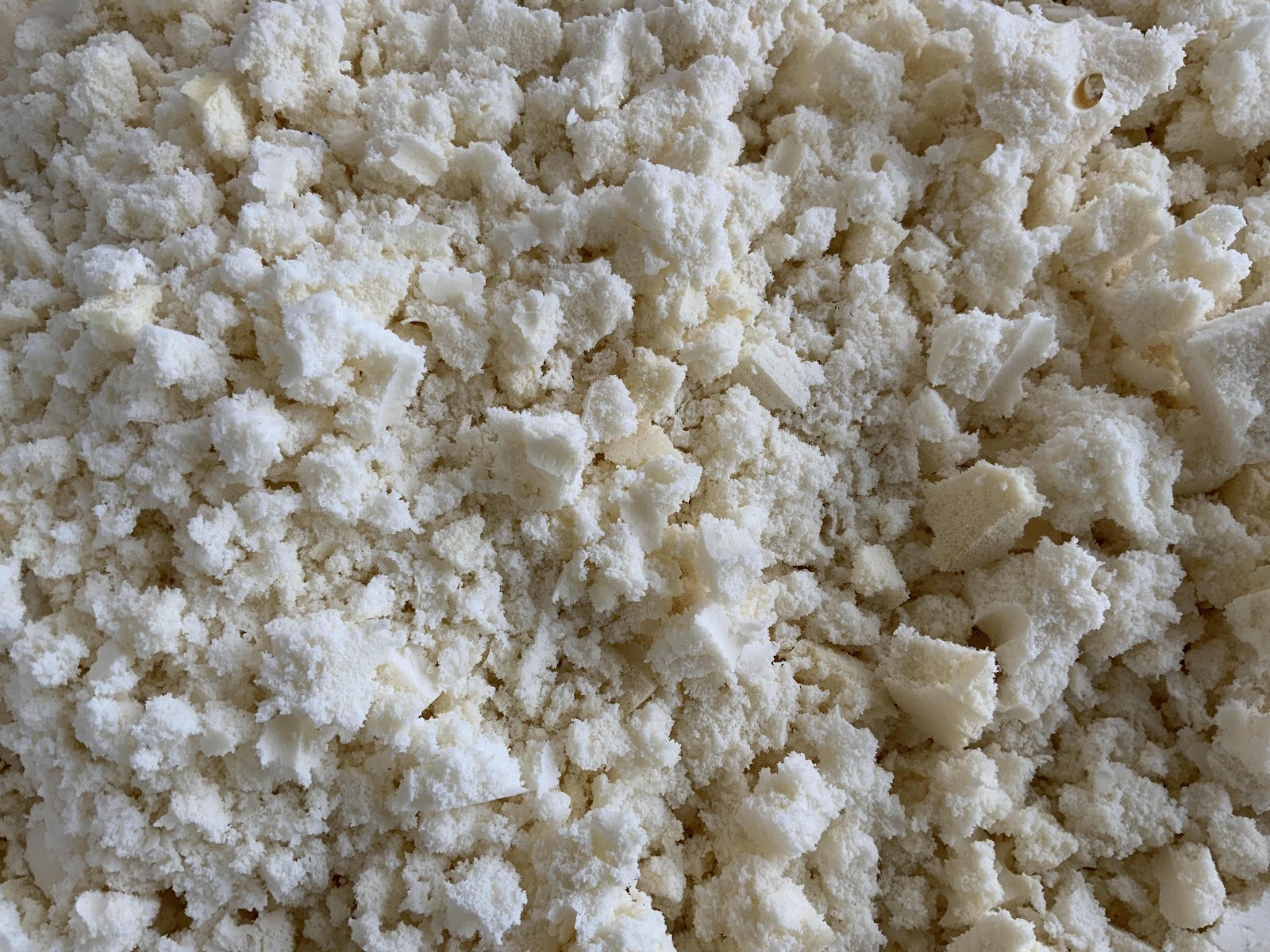
Dandelion milk contains latex. Its latex exhibits the same quality as the natural rubber from rubber trees. I step out of the house, and find it takes only four steps to reach the nearest dandelion flower. Natural alternatives surround us, we need only ask and look around. (In the wild types of dandelion, latex content varies greatly.)

I make some pillows with organic latex filling, wrapped in a wool batting layer.
Homemade carded wool batting:
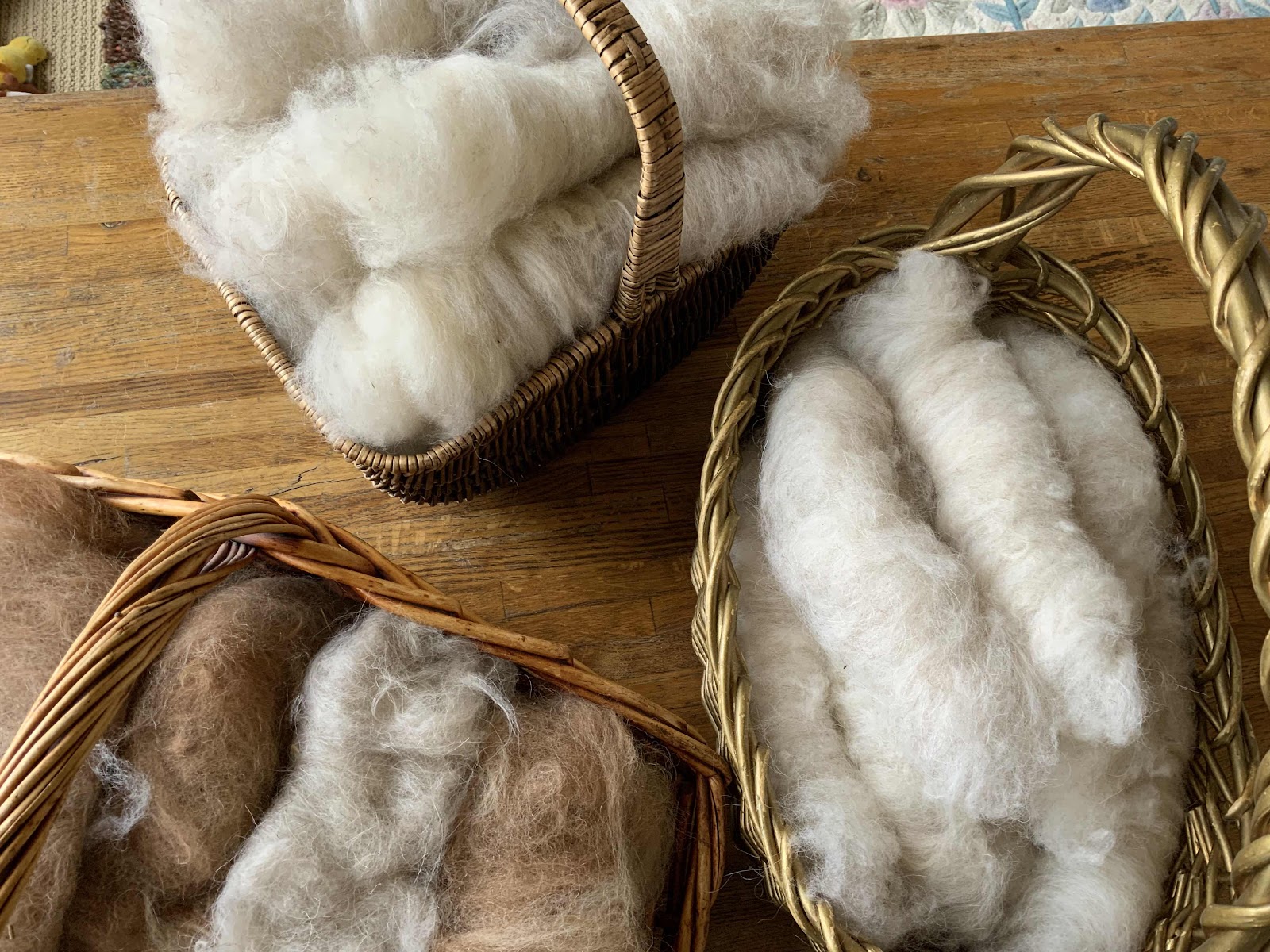
My favorite pillow is currently my buckwheat hull pillow. It is traditional in parts of Asia, but new to the West. My buckwheat pillow is really just a small, but weighty, and somewhat noisy, sack of buckwheat hulls, that I have sewn. It rustles when you move it. But I absolutely love how well you can shape it to your exact preference. And it does hold that shape with soft support.
Buckwheat hulls:
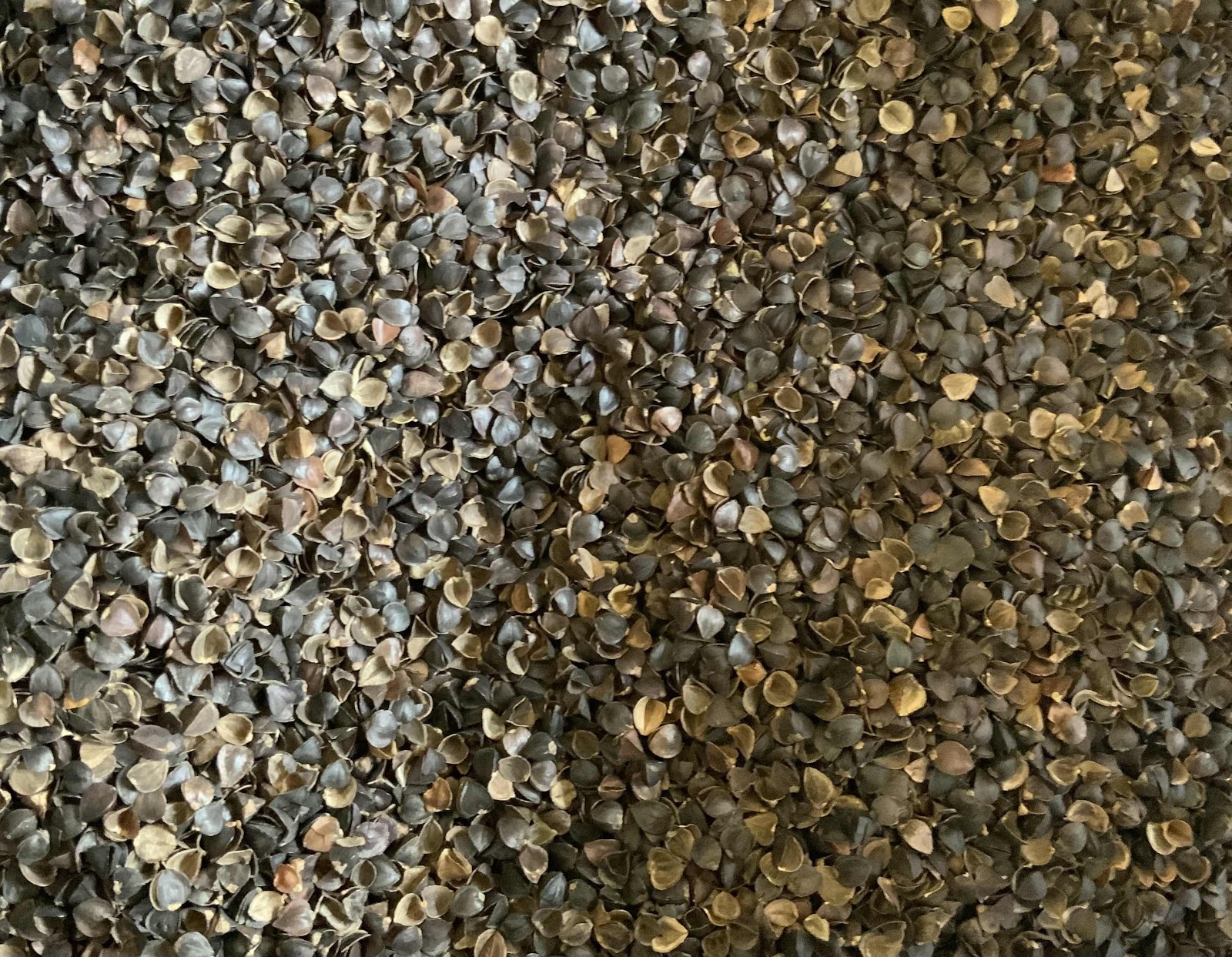
And then there is kapok. (KAY-pock) Kapok grows on tall trees and makes huge fluffy pineapple sized pods, filled with silken cottony fiber. Kapok grows year after year and needs no special care or chemical intervention. It is long lasting: some pillows made of kapok are still in use a hundred years later! It is naturally antibacterial. I have made some kapok pillows with the bale I bought, and like them very much. Unlike polyester pillows, you have to fluff them every day.
Kapok fiber:

“Far from being a “luxury for the rich,” organic farming may turn out to be a necessity not just for the poor, but for everyone.” - Raj Patel
The mattress topper I want will have to wait, because it is too costly to buy unless I save up. It is like a bed sized sheepskin, except no sheep are harmed! Instead the wool of happy well cared for sheep is used to thread through a base of organic cotton canvas to make a natural, thick supportive layer of bouncy vertical wool. It is made here in the northwest by a company called Holy Lamb.
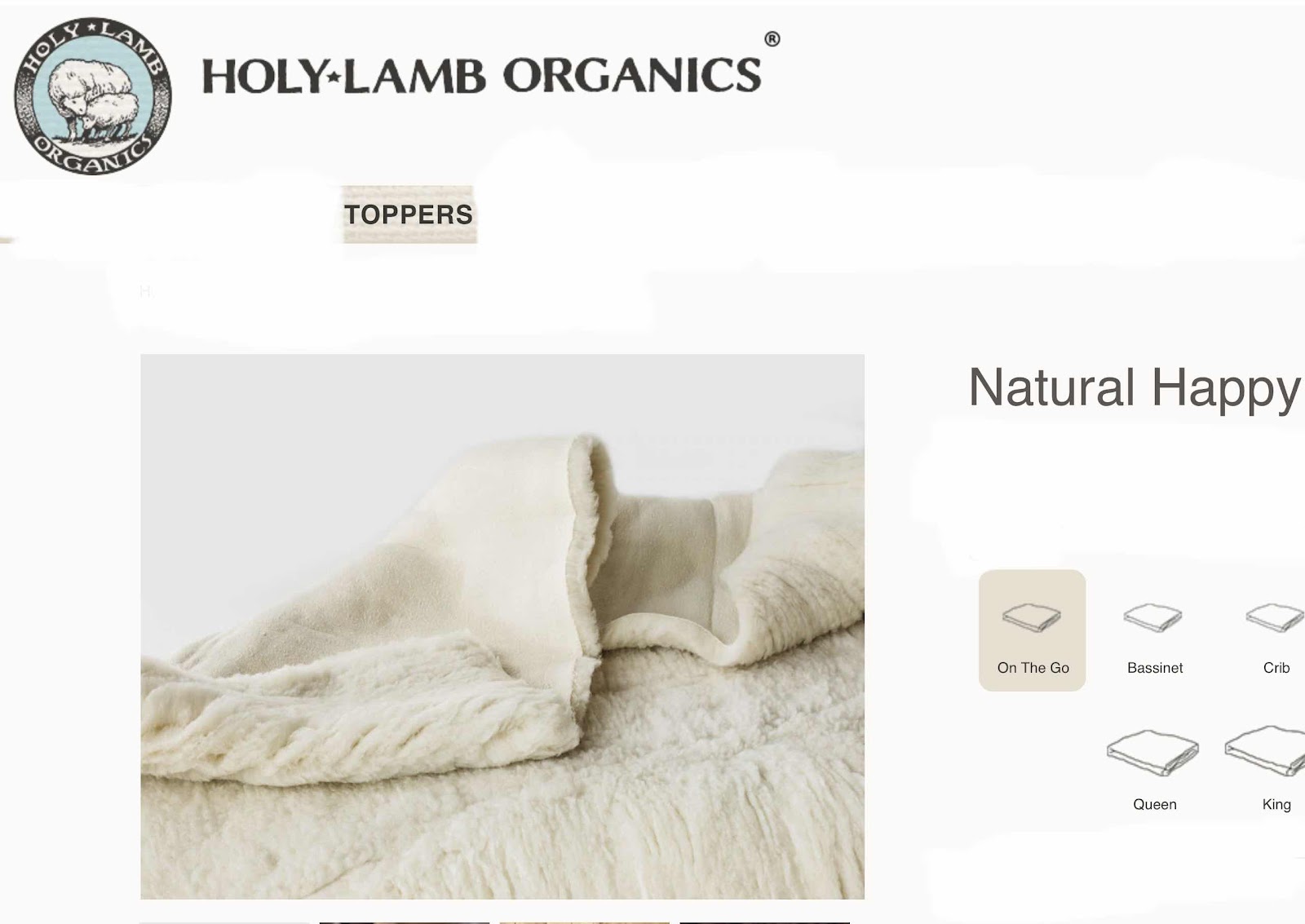
Bit by bit, the eco house is coming together, and it is a learning experience, an act of constructive change, an investment in the kind of planet we want to live on, a work of art, and a spiritual offering.
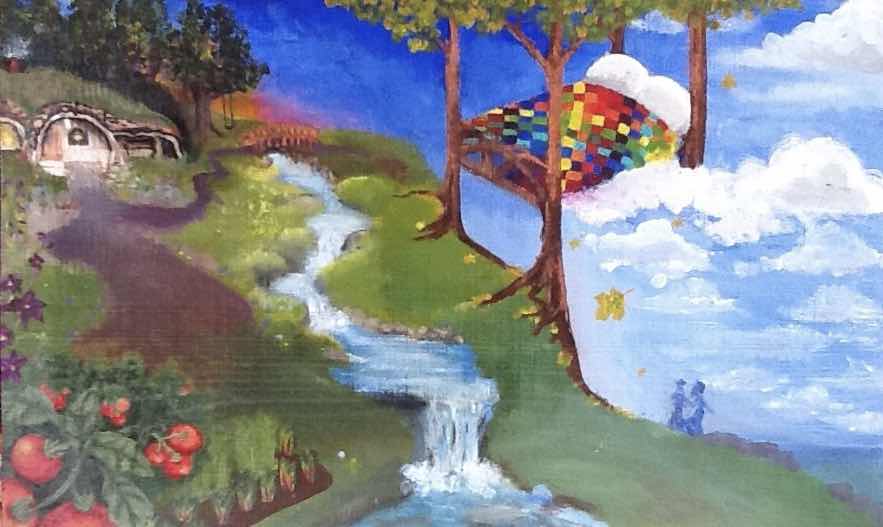
“An organic farmer is the best peacemaker today, because there is more violence, more death, more destruction, more wars, through a violent industrial agricultural system. And to shift away from that into an agriculture of peace is what organic farming is doing.” -Vandana Shiva